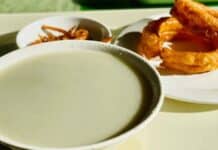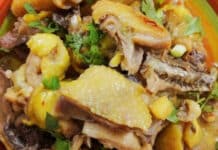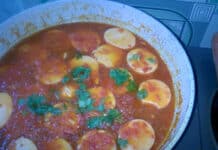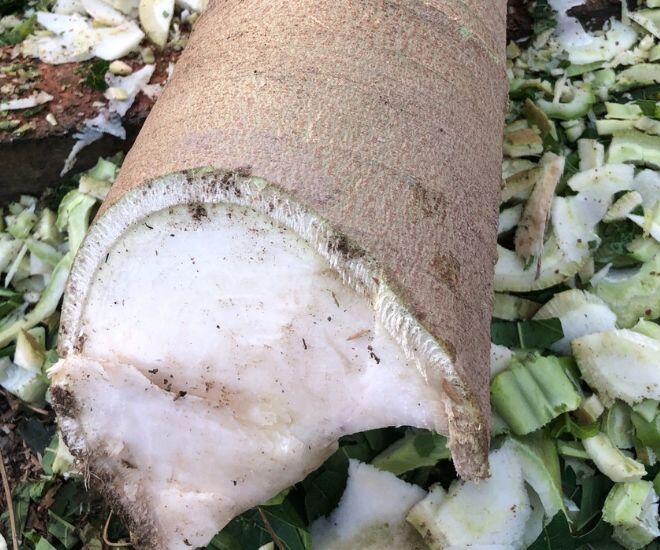
In the challenging years gone by, especially during the rainy storm season, many rural folks recall how pickled papaya cores were once considered a “starvation meal.” Large, low-income families back then considered meat and fish luxuries. When a papaya tree fell, the mothers and grandmothers would ask for it to make pickled papaya cores, which they would then eat gradually.
This rustic dish was born out of necessity and became an essential component of daily meals.
The papaya core, a white, fibrous, and dense portion of the fruit located within the trunk, is utilized in this meal. The older and thicker the papaya tree is, the more tender and tasty the core will be when prepared. In comparison to other vegetables, pickled papaya cores are not bitter and may even be sweeter and crisper than turnips. This attribute made it a well-liked option during difficult times.
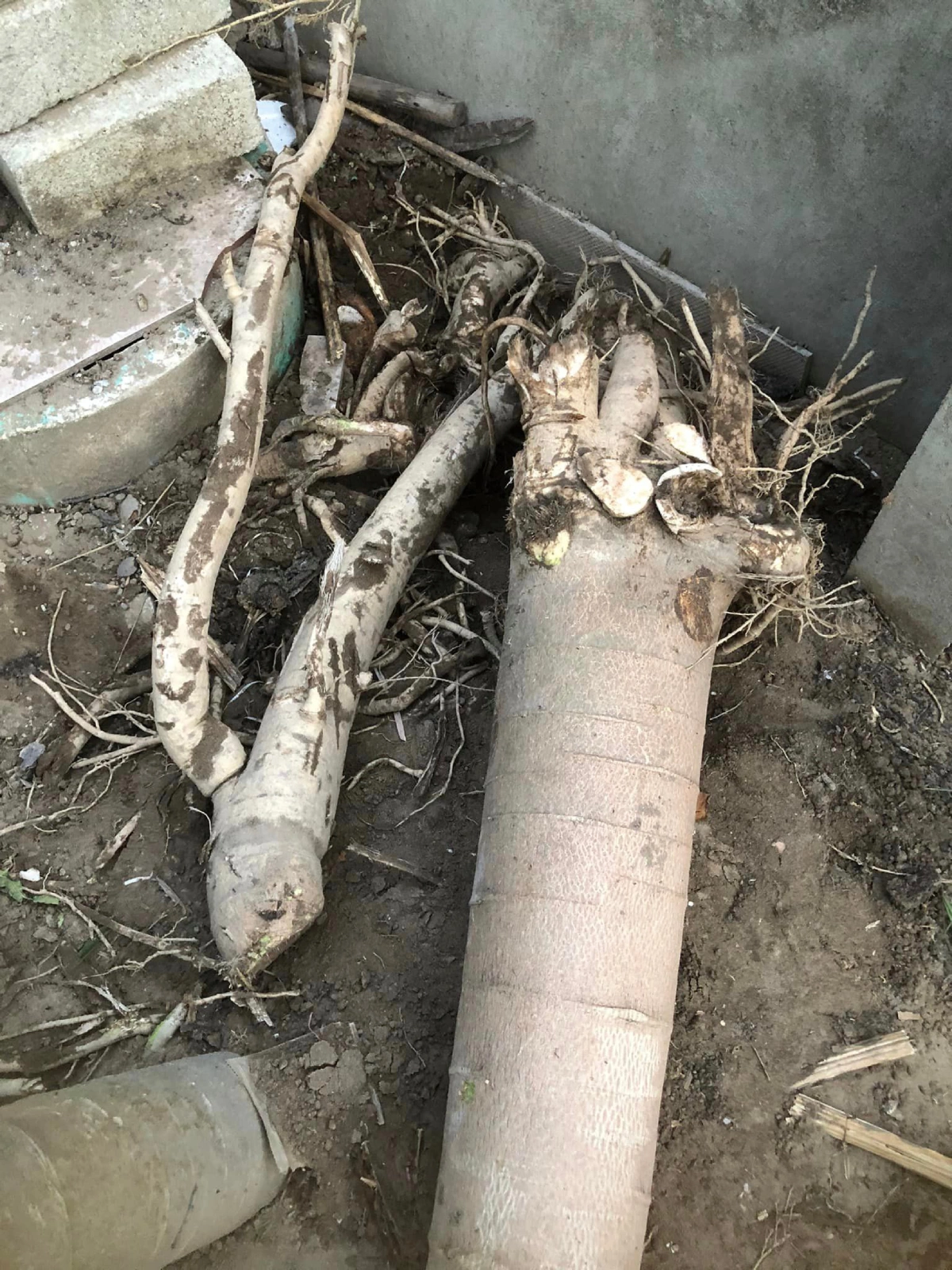
Local people have their own unique methods for making tasty pickled papaya cores, which have been passed down through the generations. First off, the papaya tree’s top is cut off, leaving only the sturdy base. The white core is then separated using a knife, peeled, and thoroughly washed. For easier pickling, the core is typically sliced into matchstick-sized pieces.
An important step is to soak the core in a mild saltwater solution for about half an hour to remove excess sap and toxins. After that, the core is mixed with salt and packed into jars. To compress the contents, layers of papaya and salt are alternated and pressed with bamboo mats. Boiling saltwater is then poured over the contents, and the jars are sealed. Typically, the papaya cores are ready to be cooked after 7–10 days.
According to folk wisdom, the amount of salt used should be comparable to that used for pickled eggplant, with a little extra for thicker pieces to absorb and lengthen preservation. As a result, even in hot and humid weather, the dish maintains its crispness, whiteness, and distinctive flavor.
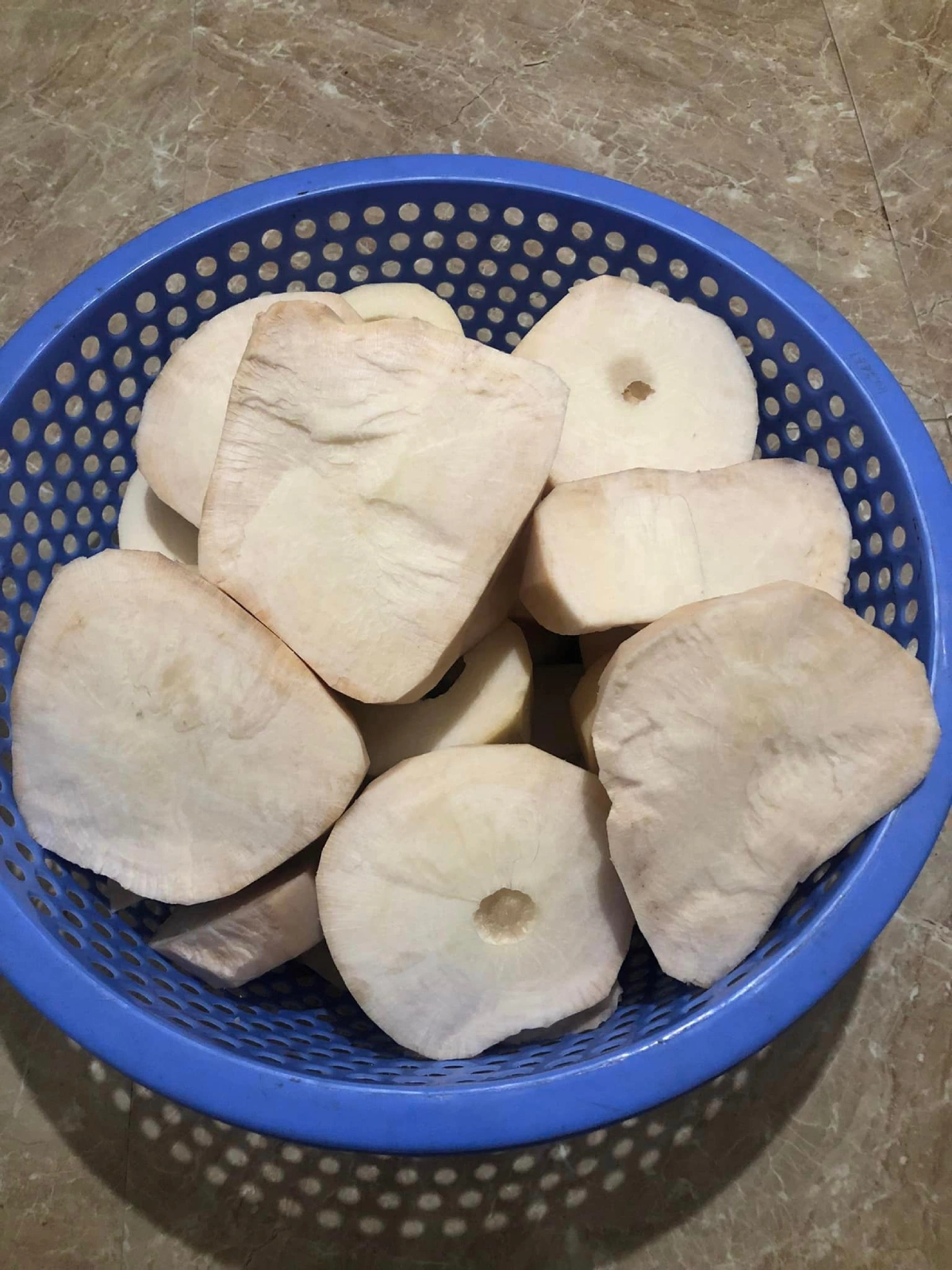
Creative moms and grandmothers in the countryside have come up with a variety of dishes using the pickled papaya cores, enriching their family’s menu.
The papaya cores are occasionally sliced thinly and stir-fried with dried shrimp or scallions and fat. Adding chopped lemongrass to the cores while they are being chopped gives the dish a distinct flavor. Some households also use the cores to braise fish, cook with crabs, or simply prepare a vegetarian stir-fry.
Especially, stir-fried papaya cores with scallions and pork fat were once regarded as a “gourmet meal” for the impoverished. The thinly sliced cores, fried to a golden brown with fragrant scallions, and garnished with chopped lemongrass strands make the meal visually appealing and fragrant. Many people compare its crisp and fragrant flavor to that of chicken, a luxury during those times.
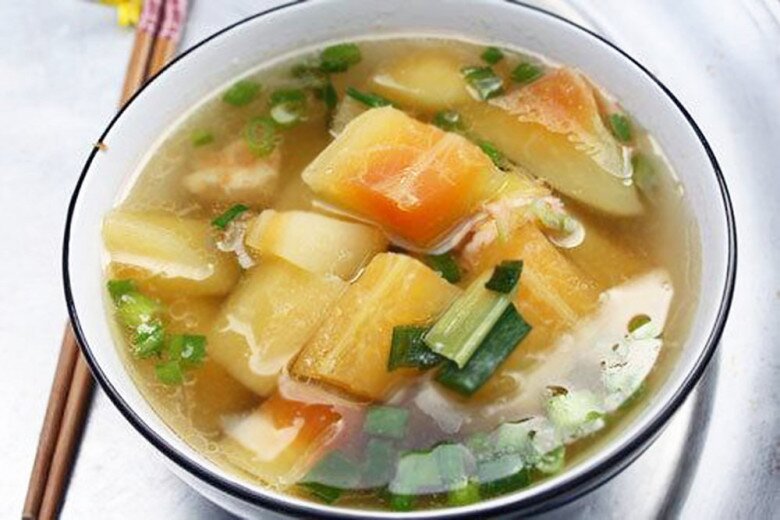
Pickled papaya cores are still used by many families today as a unique kind of pickled vegetable, most famously in fish stews. People typically layer the papaya cores with fish and pork belly, adding more papaya and spices on top. Simmer over low heat until the stew thickens, blending the delicate fish and pork flavors with the papaya’s tangy taste and a hint of chili heat.
Additionally, pickled papaya cores can be used to make a sweet and sour salad with herbs, roasted peanuts, or boiled meat, resulting in a unique and tasty dish that appeals to city dwellers.
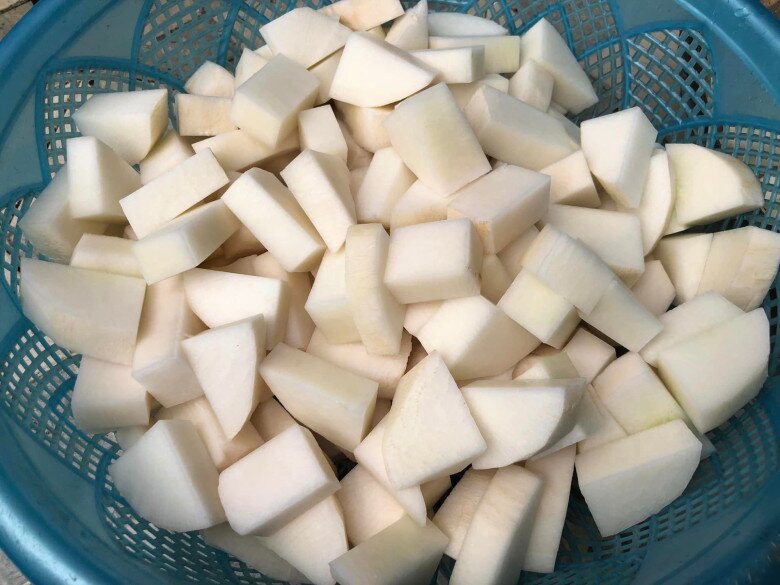
Pickled papaya cores are not only a traditional dish but also hold a unique cultural significance. They represent a time of hardship when people had to make the most of what nature provided to sustain their families. From what was once considered waste, mothers and grandmothers skillfully crafted a meal that sustained their families.
Although rural life has improved, and many families no longer rely on pickled papaya cores as a primary food source, the memory of these meals remains vivid for many who have left their hometowns. Despite having tasted various exotic dishes abroad, they still long for the crisp and tangy flavor of this dish from their childhood.












